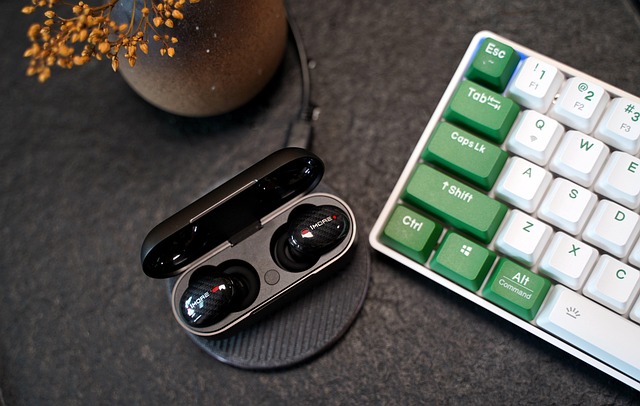Mastering Layers: Unleashing the Power of Image Noise Reduction in Photography
As a passionate photographer, you know that every shot you take tells a story. Your camera, with its exceptional optics, captures moments in their rawest form, but sometimes those moments are marred by unwanted artifacts—image noise. This disruption can transform a beautifully composed photo into a frustrating reminder of the limitations of high ISO settings or long exposure times. Luckily, mastering layers in image editing can help you harness the power of image noise reduction, elevating your photography to new heights.
Image noise can often make the difference between a postcard-perfect shot and one that lands in the digital waste bin. Whether you’re shooting a night scene where the stars disappear into a grainy haze or capturing the delicate details of a close-up floral composition, image noise can be detrimental. However, this is where the beauty of layers comes into play. By strategically applying noise reduction in layers, you can preserve details and textures in your images while smoothing out the unwanted grit.
Understandably, you might feel overwhelmed at the thought of diving into the intricate world of image editing. But fear not! With the right approach, image noise reduction can become second nature. Begin by importing your photo into your favorite editing software, such as Adobe Photoshop or Lightroom. Create a duplicate layer of your original image. This allows you to experiment freely without losing the original details—an essential practice for any photographer who wishes to maintain integrity in their work.
Focus on the layer you just created. Apply a selective noise reduction filter, adjusting the settings to suit the specific areas affected by noise. The magic lies in the ability to target only the areas that need this treatment, leaving other details, particularly in texture-rich elements like fabric or foliage, untouched. By using layer masks, you can seamlessly blend your adjustments, ensuring that every part of your image contributes to the cohesive story you want to tell.
Lighting and shadows also play a critical role in determining how image noise presents itself. As you dive deeper into the world of layers, consider adjusting the exposure or contrast on a separate layer. By isolating these adjustments, you allow your strategies for image noise reduction to shine through. Use the strength of your camera’s optics to capture dynamic range, and follow that by refining it in post-processing. This layered approach not only creates exquisite photographs but also enhances your overall workflow, inviting you to engage in a more artistic dialogue with your images.
Remember to experiment! Each photograph has its own unique quirks. While one may require aggressive noise reduction, another might benefit from subtle adjustments. Embrace the lesson that each click of the camera provides; every success or setback is an opportunity for growth. Pair your optical knowledge with a mastery of layers in image noise reduction, and you’ll soon find that your photography transcends the limitations imposed by noise.
The journey of mastering layers is not just about technical skills; it’s about fostering a deeper connection with your craft. As you refine your approach to image noise reduction, you will notice a shift in how you perceive your own work. Photographs that once felt flawed may start to resonate with you, each telling a rich and vibrant story unmarred by distractions. Embrace the process, and let your creativity flourish as you conquer the challenges of modern photography.



